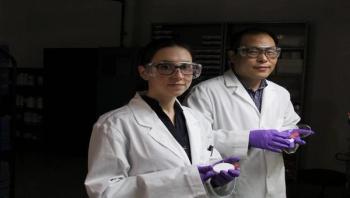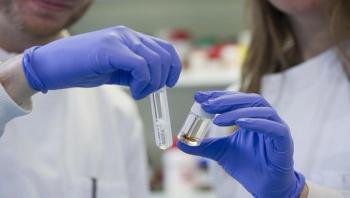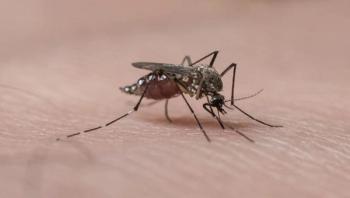In the short time that it takes to make my favorite meal, shrimp pad Thai (20 minutes), one equally rapid and reliable laboratory test, Procalcitonin (PCT), can quickly inform a licensed healthcare provider that their patient has a bacterial infection, not a viral infection, and halt a fatal outcome (BioMérieux, 2016; Food and Drug Administration, 2012; Lee, 2013; Pantelidou and Giamarellos-Bourboulis, 2015; Schuetz and Mueller, 2016). The untimely identification of antibiotic-resistant bacterial infections is the No. 1 cause of human deaths occurring from sepsis-related events and has increased three-fold over the last decade (World Sepsis Day.org, 2016). Antibiotic stewardship is a necessary fundamental in the battle against antibiotic-resistant infections and should be a priority for all healthcare facility types; antibiotic stewardship is not confined to hospitals (O’Brien and Gould, 2013).










